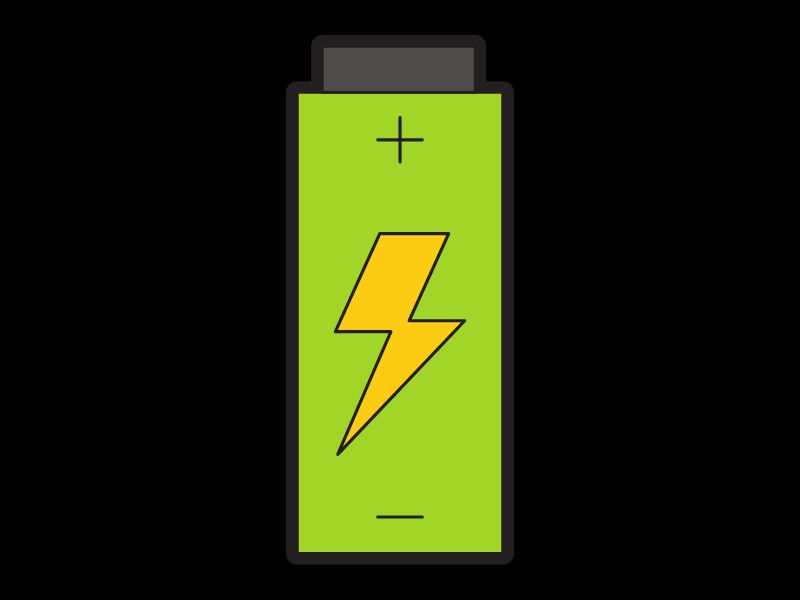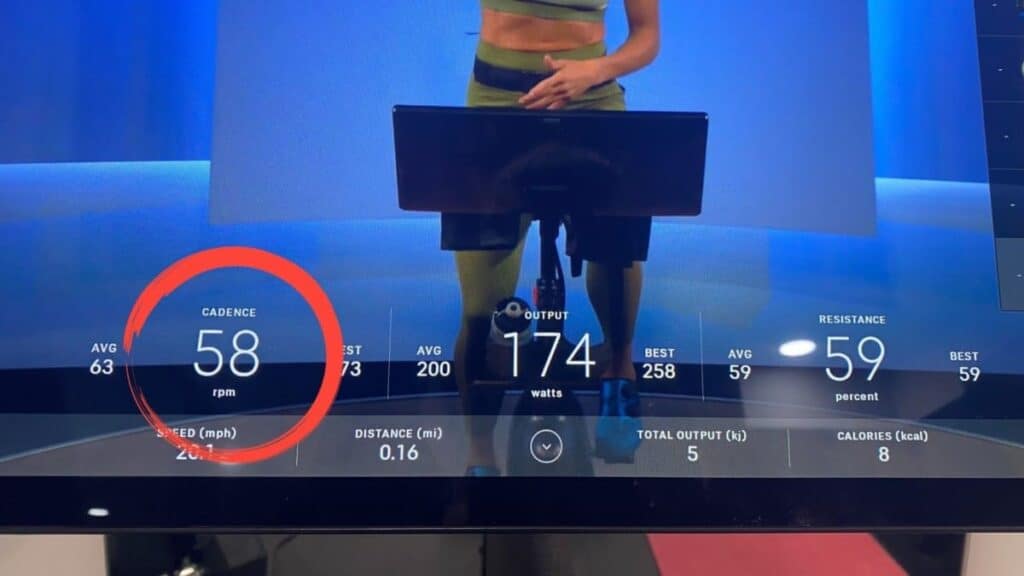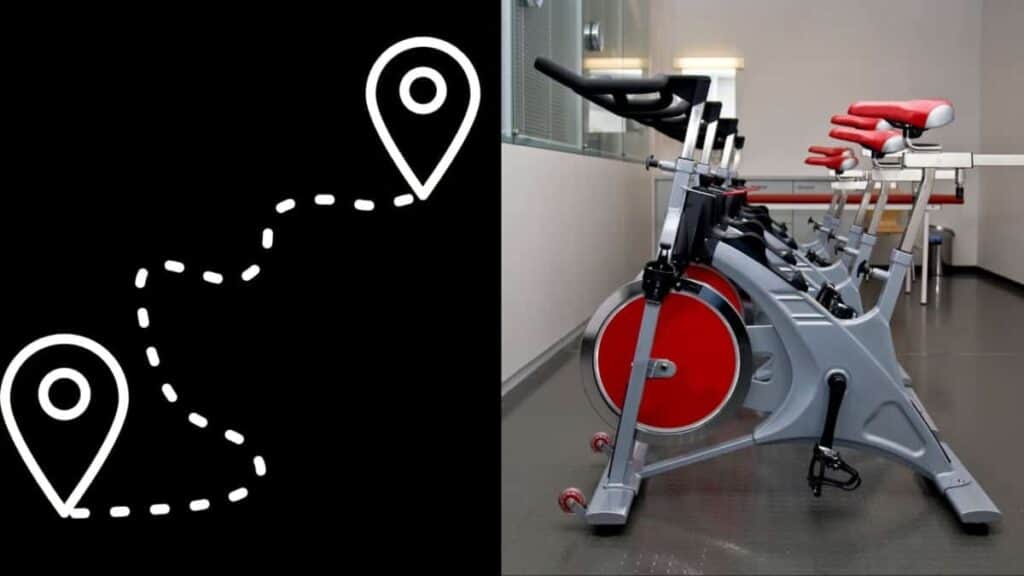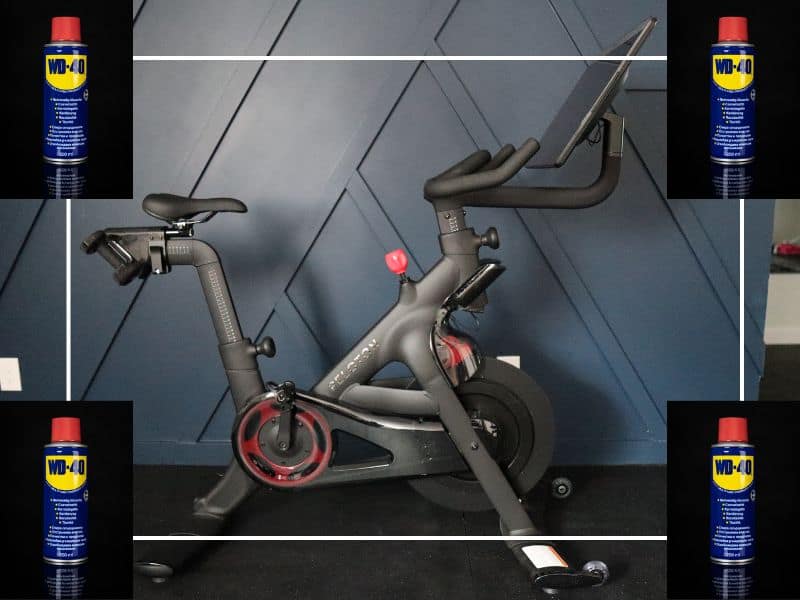The benefits of exercise are pretty well established, and having an exercise bike brings those benefits – very literally – close to home. But trying to get the most from your stationary bike quickly leads through the weeds as you try to make sense of technical terms like cadence, gradient, and watts.
Wattage measures the average amount of energy transferred in a standard period. One watt involves the transfer of one joule (the unit of energy) per second. Because power is required to move energy, wattage indicates how much power (and therefore effort) you use while exercising.
Understanding the dynamics underlying the definition and application of watts will give you confidence in calibrating your bike and designing your workouts to achieve the maximal benefit from your exercise.
What Are The Watts Displayed On Your Stationary Bike?

Watts are a measure of the energy output or power that you have exerted over the course of your workout. Watts quantifies how hard you are working on your stationary bike, providing an objective measure of intensity.
While we tend to think of our physical exertion in terms of energy, scientifically, measurements of energy refer to the capacity to do work. When working out, we’re concerned with how much work we’re _actually_ doing, not the mere capacity.
Watts is the unit that measures the actual work done. By tracking the watts on your bike (assuming that they’re measured and displayed on your dial), you get a quantitative measure of the actual intensity of your workout in terms of the energy actually displaced.
What Are Watts On A Stationary Bike?
On a road bike, watts measure the energy transferred to move the bike forward. Since a stationary bike doesn’t move, an adjustment is required in order to get a meaningful measure.
Stationary bikes have frictive elements that resist the movement of the pedal. These take the place of the combined weight of the bike and rider so that overcoming their resistance releases energy.
The LCD or digital display on your stationary bike may show the wattage generated during a workout. This allows you to compare the intensity of different workouts by comparing the watts.
This highlights an important nuance in intensity. Very hard workouts may bring your body to the point of collapse, so you cannot continue. This does not mean that the workout has been maximally beneficial, as a lower intensity program might generate higher wattage – therefore, more work done.
Which Factors Affect Watts On A Stationary Bike?

In scientific terms, power equals velocity multiplied by force. In cycling, the corresponding terms on the right-hand side of the equation are rounds per minute (RPM) multiplied by gear. So wattage increases with the gear and cadence (a synonym for RPM).
As can be seen from the equation, gear and cadence can offset each other in the work that a cyclist does. That’s why it is easier to manage a higher gear ratio if you slow down.
As is also evident, no weight lifting is required to generate power. Rotating (peddling) resistant pedals for a sustained period is a perfectly adequate way of building not only leg strength but also cardiovascular strength that constitutes endurance.
How Are Watts Measured On A Stationary Bike?

Modern stationary bikes use power meters to measure the wattage generated by a cyclist. Typically these use strain gauges to quantify the torque applied, combining this with angular speed to calculate power.
Generally, the data is transmitted wirelessly to bicycle computers. This allows instant feedback from which the cyclist can modify her or his performance in real time.
Why Do Watts On A Stationary Bike Matter?
Without a measure of power output, cyclists have to use guesswork, approximation, and feel in order to assess the intensity of their workouts. While it is important to listen to your body, having an objective measure – unaffected by euphoria or laziness – helps calibrate workouts for consistent performance over the long term.
In the past, speedometers and heart rate monitors were used to gauge the level of exertion in a workout. The problem with speedometers is that they are a very indirect measure of power, as differences in efficiency between cyclists confound the issue. Heart rate monitors still are not reliably accurate.
With the advent of cheap, accurate power meters, cyclists have access to a direct measure of their power output.
The Benefits Of Tracking Watts On My Stationary Bike

By tailoring your training to measure watts, you can:
- Minimize the risk of injury by gradually increasing workout intensity. This prevents you from overstressing ligaments, muscles, and joints through sudden shocks.
- Train your body’s ability to generate power through shaped programs. These make you work at your threshold power level, returning you to rest when you have come close to exhausting your ability to work.
Typical watt-based exercise programs include the following:
- Managed Output: Following a ten-minute warmup, gradually build to a pace in the 80–120-watt range. At this level, you’ve attained a baseline. Over the next ten minutes, bring your wattage up by 10-20 watts per minute. Over the next ten minutes, decrease by the same range until you reach the baseline. Cool down for ten minutes.
- Ladders: Warm up for ten minutes to your baseline wattage. Now add ten watts to your baseline for five minutes. Rest for a minute, peddling at an easy pace. Continue for three minutes at baseline plus twenty watts.
Rest for a minute, and do a minute at baseline plus thirty watts. Punctuate the 5/3/1 sequence with three easy minutes. Now repeat 5/3/1, with increments of fifteen to twenty, instead of ten. Cool down for ten minutes.
- Interval Training: Here, you develop your cardiovascular ability by training the body to perform at maximum output for sustained periods. Start with a five-minute warmup in which you build to baseline. Now, for sixty seconds, sprint with as high an output as you can manage.
Follow this with two minutes of easy riding. Repeat the cycle four times. Repeat that whole set, except this time with thirty-second sprints. Cool down for ten minutes.
Conclusion
By managing the intensity of your exercise, you are able to keep the body guessing, which generates the adaptations that lead to improved performance, endurance, and fitness. Managing intensity through watt-watching on your stationary bike is key to your long-term physiological development.





